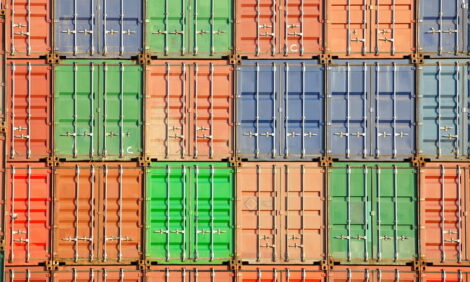



NZ Has Strong Dairy Sector For 2010/11
NEW ZEALAND - New Zealand’s dairy cow population is increasing at a greater rate than its resident human population, according to the New Zealand Dairy statistics for 2010/11.Released by LIC and DairyNZ, the document is made up of statistics sourced from the LIC National Database, dairy companies, Animal Evaluation database, Animal Health Board Annual Report, Quotable Value New Zealand Rural Property Sales Statistics and Statistics New Zealand.
In 2010/2011 the total number of NZ dairy cow increased by 132,000 to just over 4.5 million cows (4,528,736), an increase of three per cent over the previous 09/10 season – whereas the resident human population (at 31 March, 2011) increased by an estimated 0.9 per cent to 4,403,000.
Along with the growth in cow numbers it was also a record year for the average production per cow in the country – up five per cent - to an average of 334 kg milksolids (comprising 190 kg milkfat and 144 kg protein) per cow.
In 2010/11 dairy companies processed 17.3 billion litres of milk with the total milksolids processed increasing from 1.44 billion kg in 2009/2010 to 1.51 billion kg.
The increase in milk processed is being attributed to a combination of more cows milked plus an increase in production per cow, following an exceptionally good 2011 autumn for dairying.
The highest average production per dairy herd (285,412 kg of milksolids), per hectare (1,249kg) and per cow (377kg) were recorded in North Canterbury.
South Island farms have, on average, higher per herd production than herds in the North Island, reflecting a combination of larger herd sizes, a high stocking rate, and high kilograms of milksolids per cow. In the North Island, Hawkes Bay recorded the highest average herd production of 204,462 kg of milksolids.
For the third consecutive year the total number of herds increased (by 44 to 11,735) and the average herd size (386) increased by 10 cows – a trend consistent over the past 30 seasons during which the average herd size has more than tripled and has increased by more than 100 cows in the last eight seasons.
Further Reading
| - | You can view the full report by clicking here. |
TheCattleSite News Desk


